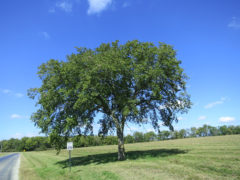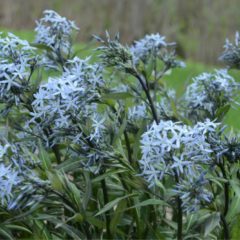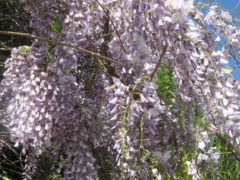
American elm
Ulmus americana
‘Valley Forge’ is a Dutch elm disease tolerant selection introduced after 20 years of research. … Continued


Ulmus americana
‘Valley Forge’ is a Dutch elm disease tolerant selection introduced after 20 years of research. … Continued

Wisteria frutescens
Blooms in early summer and can rebloom later in the season. Give it the sturdy … Continued